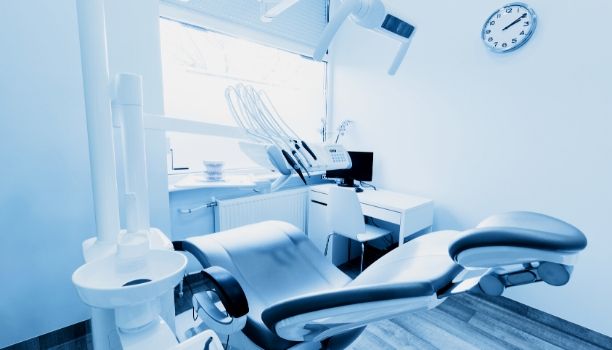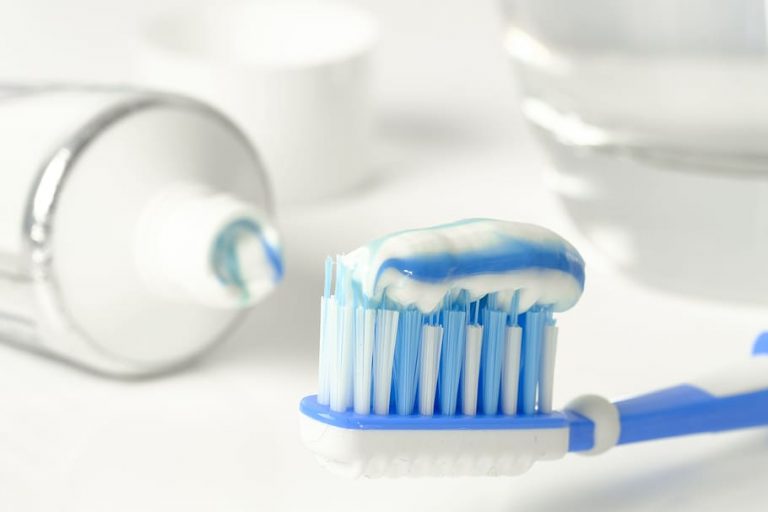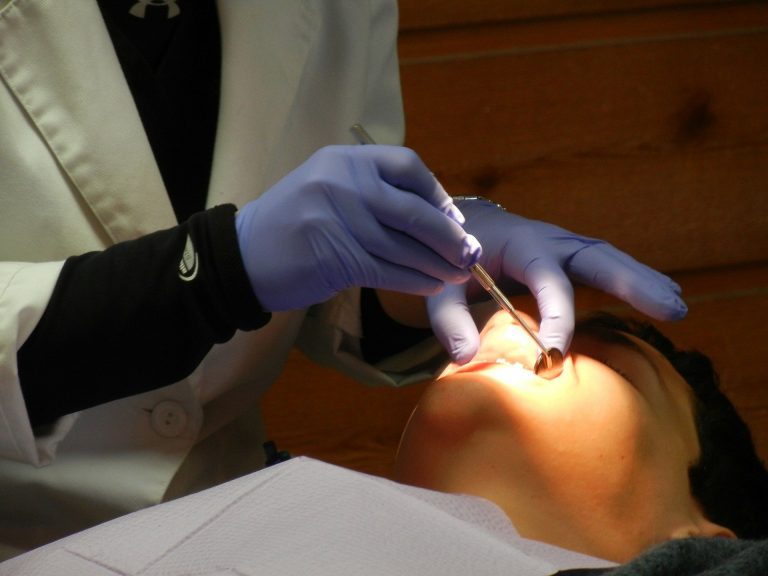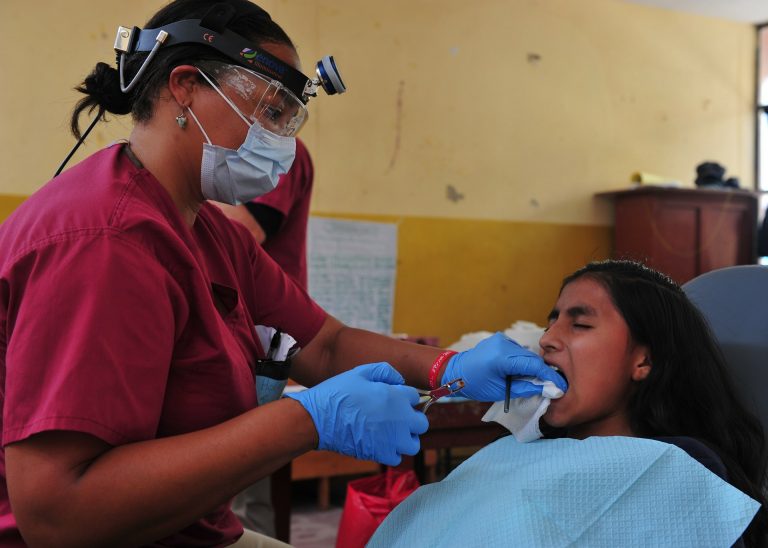A dental office is a lot like a beehive. There is a frenzy of coordinated activity daily that gets patients from check-in to check-out—not to mention the diagnosis and dental treatment in between. When dental teams don’t have patients to see they often feel aimless and lost like there isn’t anything to do. Whether it’s COVID-19 or the dentist on vacation, there will be days when there are no patients to be seen.
But there is still a lot of work that needs to be done.
Consider for a moment all the times you wished you had time—time to do things that you know are important but can’t do with patients in the office. What are those tasks? Using this downtime productively can help set you and your team get ahead of the game when patients return. Here are a few things you can do to stay ahead of the game even when you’re not seeing patients.
This isn’t downtime
We know, it’s in the title. But we need a mindset shift. Don’t think of this as “downtime” and do not refer to it as “downtime”. Downtime sounds like it should be time we are sitting around lounging but quietly riding the clock. Leaders need to set appropriate expectations and the right environment. This is administrative time, this is team and office development time. There should be an expectation that the energy we put into these development days should be equal to the energy and focus we show up with when treating patients.
Have a clear plan
Well, 80% clear. Teams do best when they have the opportunity to contribute and drive their activities. You won’t get anything done if you allow the team to come to work and simply “find something to do”, but the team will likely resist you if you micromanage their activities. There is a delicate balance between telling them what to do while listening to their ideas.
Leaders need to prioritize the focus and set clear expectations for the outcomes they want. People don’t want to be told how to do something, but they do want a clear picture of what you want it to look like in the end. Even if you know 100% of what needs to be done, come with 80% and let your team fill in the rest. It’s the best way to gain team buy-in and commitment.
Clean your space
If the team is still coming to the office you may want to consider doing some spring cleaning. The lab or supply room, equipment maintenance, front office workspace, or the dentist’s office. Having a tidy workspace with minimal clutter increases patient confidence and opens up mental energy for team members. While patients’ eyes are not around, get rid of the dust and clutter. Improve your IT Infrastructure and consider taking help from a professional dental IT support company.
If you need to keep team members separated due to the need for social distancing consider having the team rotate during different days or times of the day or simply working in different areas of the office. It might even be a great time to throw up a coat of paint or hang some updated artwork.
Train your team
Many offices struggle to keep their processes and training manuals up-to-date. This is a great time to leverage the strength and knowledge of the team to update checklists, create some simple training videos like how to set-up your clinical instruments or share your pointers how to do a great impression. This development time is an ideal opportunity to discuss how you do things as a team and how you might do them better. Does your social media need a little CPR? Do you want to do more implants but your team needs to calibrate on verbiage and the clinical process? Whatever your team’s specific needs, now is a valuable time to make sure everyone gets the training they need.
Calibrate as a team
Open a handful of charts and walk through the medical and dental history, look at the radiographs and assessments. Get on the same page and create your standard of health for your patients. If you do not have a documented perio protocol, do that now. Do a chart audit. Is blood pressure being taken on all adult patients? Are the clinical notes written appropriately and signed by the right person? Work with the team to get on the same page and set clear expectations for patient care.
Do some online training
If the team needs to remain at home, there are still so many options for them to work. If you are like many other offices you probably have several different programs and software you use to keep the practice running. Have the team members spend time learning the software. Have them spend time in the morning learning about a feature in the software and create a plan for how it could be better implemented in the team. Jump on a conference call in the afternoon for a little show and tell.
Get into your dashboards
Have team members spend time understanding how their work affects different metrics in the practice. Have them do a little research and come up with 3 personal strengths and 1 area of opportunity. Have the team create a vision for their personal growth and development and set some specific goals that can be measured.
Utilize the collections board to follow up on outstanding accounts receivable. It would not be a good idea to send out patient bills in the middle of the COVID-19 scare, but it is a great time to work on your claims aging. You can keep some revenue coming in while you are not seeing patients if you get old or denied claims paid.
Focus on team health
A positive culture and relationships will drive your business more than great processes will. Take time to get to know your team. Have them create a vision board for themselves and get on a virtual meeting and have them all share. Find ways to play games or show appreciation. Make an effort to truly connect with them on a human level. We are facing a situation that causes worry and confusion. The teams that triumph will be the ones that feel connected, valued and appreciated.
Pick a book for everyone to read
It could be one that helps you grow as a team or an individual. Meet every day—even if it’s just online—to discuss a chapter. Have the team take turns leading the discussion and teaching a principle within that chapter. Talk about how you might implement what you’ve read into work and patient care.
In closing, time spent without patients and without producing revenue can be tough. This is not a situation anybody asked for and it is nobody’s fault. We can’t change the fact that our world is in commotion. The best thing we can do right now for our health includes spending some quality time at home. We can decide how we react, and how we spend our time. We can spend this time wallowing in fear, worry, or even anger; or we can spend this time on personal and business development and prepare our team to come out of the starting gate healthier, happier, and ready to drive the business forward.












